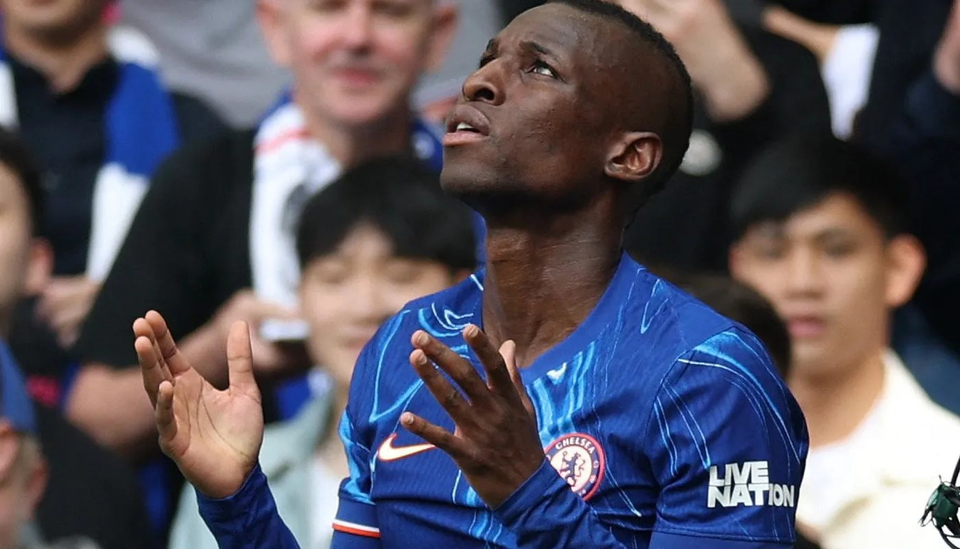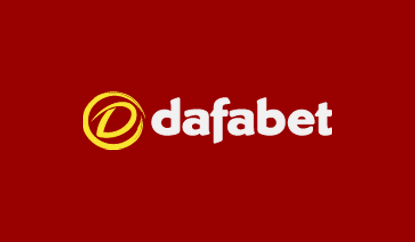There is a blunt clarity to the way Chelsea are moving through this window, and the picture says as much as the balance sheet. At one end you have a headline valuation on a striker who is suddenly available, at the other you have an opening day in which a near star studded lineup sat outside the matchday squad. Put together, it is a vivid study of Chelsea’s financial and transfer strategies, a plan that prizes leverage, optionality and a relentless drive to reshape Enzo Maresca’s squad.
A summer of pruning at Stamford Bridge
Only a few months ago, Chelsea were navigating the unwieldy reality of a group that had reached 45 first team players. There is a corrective tone to this summer, since Enzo Maresca now has 36 available, an admission that size without cohesion can be as much burden as strength.
The club executed a wide ranging clearout, selling 11 first team players and loaning out four youngsters. Among the exits were Kepa Arrizabalaga to Arsenal, Armando Broja to Burnley, Kiernan Dewsbury Hall to Everton, Lesley Ugochukwu to Burnley, Djordje Petrovic to Bournemouth, Joao Felix to Al Nassr, and Noni Madueke to Arsenal.
Even so, the depth remains striking. Ahead of the opening league match against Crystal Palace, Chelsea could have assembled a full team from those not involved. The names, and the value attached to them, give a sense of how atypical this squad still is.
Nearly €300m of players were not in Chelsea’s squad for their opening Premier League game against Crystal Palace, as highlighted by OneFootball on August 20, 2025.
That hypothetical team included goalkeeper Gabriel Slonina, defenders Ben Chilwell, Axel Disasi, and the injured duo Benoit Badiashile and Levi Colwill, midfielders Romeo Lavia and Carney Chukwuemeka with Renato Veiga expected to join Villarreal, and an attack of Raheem Sterling, Bayern Munich target Christopher Nkunku and Nicolas Jackson through the middle. It is a bench that looks like a starting side, and it underlines the unusual scale of Chelsea’s reset.
The Nicolas Jackson price as a market signal
Aston Villa have explored a move for Nicolas Jackson, yet the number attached to his name is the first hurdle. Chelsea value the 24 year old at more than £60m, a figure that speaks both to their bargaining position and to the premium on Premier League proven forwards. For Villa, working inside financial fair play limits, that is a challenging fee to reach.
Unai Emery remains a committed admirer of Jackson. He handed the Senegal international his breakthrough at Villarreal and he sees him as a forward who can add flexibility, either alongside Ollie Watkins or slightly deeper where his pace and first touch can knit attacks. The fit is clear, the financing is not.
Villa have already banked funds by selling Jacob Ramsey to Newcastle United for £43m and arranging a loan departure for Leon Bailey, yet their room to spend is still tight under the regulations. The most plausible path is a loan arrangement that includes either an obligation or an option to buy later. Chelsea have resisted a simple loan so far, although time pressure can change stances and a structure similar to Newcastle’s deal for Lewis Hall, a loan with a compulsory purchase clause, remains a live template.
For Chelsea the calculation is equally layered. Jackson is training with the club’s loan group rather than Enzo Maresca’s first team, a sign of his reduced role after the arrivals of Liam Delap and Joao Pedro. He scored 13 goals for the Blues last season, after a 17 goal campaign the year before, yet the competition for minutes has shifted. From a distance, this looks like a classic case of maintaining value while seeking the right outlet.
| CASINO | BONUS | INFO | RATING | |
|---|---|---|---|---|
|
bonus
Register for up to 31,400 KSH bonus on deposits!
See 12 Bonuses
|
info
No. ALSI-112310012-F15 Unique selection of slots & games |
|||
|
bonus
50% welcome bonus up to KES 1,000
See 3 Bonuses
|
info
|
|||
|
bonus
500% bonus on first 4 deposits!
See 5 Bonuses
|
info
10 crash games, mobile-first site, 500% welcome bonus BK 000678 |
|||
|
bonus
Welcome bonuses, free spins, and cashback await you!
See 4 Bonuses
|
info
Large welcome bonus, crypto-friendly, huge provider list. No. 1668/JAZ |
Competition and the domino effect
Villa are not alone in their interest. Napoli and AC Milan have been monitoring the situation, and Napoli are in the market for a striker after Romelu Lukaku’s injury, even if Manchester United’s Rasmus Hojlund is thought to be their priority. Newcastle United have also been linked, which adds a domestic wrinkle to the story.
There is a parallel market track for Villa as well, with Unai Emery looking at another attacking option in Marco Asensio, a player they would like to re sign from Paris Saint Germain. That pursuit runs alongside the Jackson talks, and it reinforces how thin the margins can be when FFP constraints meet tactical needs.
On Chelsea’s side, outgoings and incomings sit in the same conversation. The club is keen to move on several players, including Jackson and Bayern Munich target Christopher Nkunku, to create space for new arrivals. Discussions are advancing for Manchester United’s Alejandro Garnacho and there is progress on a deal for Xavi Simons with RB Leipzig, steps that would further alter the balance of a group already in flux.
What this says about Chelsea’s model
Across the window you can see an approach that leans on strong valuations and a willingness to wait. The £60m plus price on Jackson is not only an assessment of his potential, it is also a signal to bidders that Chelsea will set the terms, or they will keep the player until the structure suits them. With a squad this deep, patience becomes a financial tool as much as a sporting one.
- Pricing strategy as leverage, setting a high bar that encourages loan to buy structures and preserves control,
- Mass squad management, reducing from 45 to 36 under Enzo Maresca while cashing in on Kepa Arrizabalaga, Armando Broja and Noni Madueke among others,
- Optionality in selection, carrying almost €300m of talent outside a matchday squad that can be re integrated, loaned, or sold as market conditions evolve.
There is risk in that posture. Carrying expensive assets who are training away from the first team can create pressure on wages and morale, and it can harden positions across the table. At the same time, the ability to field a second XI of genuine quality offers cover for injuries and leverage in negotiations.
It also reveals how quickly roles can change in a team built to compete on multiple fronts. A player like Jackson, who scored consistently across two seasons, can find himself surplus after two high profile attacking arrivals. That is the reality of a club that buys to refresh every area, where the path back to prominence may be through another shirt.
The human side of an arms length strategy
Under the numbers and the acronyms is a simple human arc. Emery’s admiration for Jackson is long standing and mutual, and the possibility of a reunion at Villa Park carries the warmth of a shared football language. For the forward, the appeal is obvious, a coach who knows him, a role that plays to his strengths, a project where he is wanted.
For Raheem Sterling and Christopher Nkunku, names strong enough to headline any squad, the early season picture is more complicated. Being outside a matchday group can sting, particularly for proven performers. For Chelsea, the challenge is to turn that competitive tension into depth that drives standards or into exits that fund the next phase.
Inside the training ground, Enzo Maresca balances the competing needs of cohesion and churn. He must give clarity to those in his plans, make sure the omitted remain ready, and still leave room for arrivals if negotiations reach the finish line. That is the daily grind that sits behind the headlines of fees and options, an old coaching job dressed in new financial clothing.
What to watch before the window shuts
The Jackson saga is the pivot. Villa will keep testing a structure that works within their limits, most likely a loan with an option or obligation to buy. Chelsea prefer a permanent sale, yet they have shown a willingness to consider a compulsory purchase loan as the deadline approaches if it protects valuation and timing.
Abroad, the interest from Napoli and AC Milan adds competitive tension, while Newcastle’s link gives Chelsea another potential Premier League landing spot. Each suitor faces its own constraints, from injuries to budget planning, which is why the structure may matter more than the headline fee.
Meanwhile, the broader Chelsea picture points to more movement. A squad trimmed from 45 to 36 has already shifted significantly, but an opening day in which a near €300m eleven sat out suggests further exits or reintegrations to come. If discussions for Alejandro Garnacho and Xavi Simons advance, other dominoes will need to fall to open the necessary space, and that will sharpen decisions on the likes of Jackson and Nkunku.
In the end, this window portrays a club using its scale to bend the market to its shape. It is relentless and at times ruthless, but it is coherent. Value is defined internally first, offers are judged next, and the squad moves when the equation balances. That is why a £60m valuation can both block a permanent deal and invite a clever loan, and why a team can leave €300m of talent out one week and still feel stronger the next.










